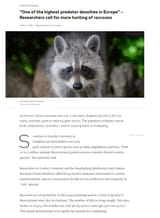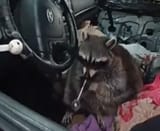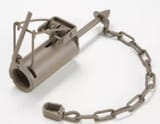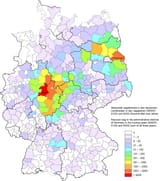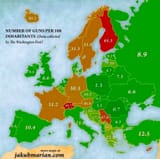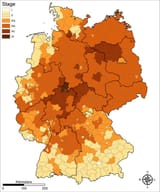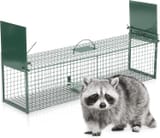>>509861294They were brought over for fur farming and hunting purposes, and have since established a large wild population, particularly in areas like Hesse and Brandenburg.
Due to its high population density, Kassel is considered the "raccoon capital of Europe".
An important event for the spread of the raccoon in Europe was the release of two pairs of raccoons on April 12, 1934, at the Edersee in Hesse. The four raccoons were released into the wild by forester Wilhelm Sittich Freiherr von Berlepsch at the request of the owner, poultry farmer Rolf Haag. The idea was that "the released animals should enrich the native fauna and save the fur industry expensive imports." The application by the then Vöhl Forestry Office referred to Section 60 of the Prussian Hunting Act introduced in January 1934 and was submitted on March 26, 1934; two weeks after the release, written approval from the Prussian State Hunting Office arrived. The approval was granted despite the previously obtained negative vote from Heinrich Hagenbeck and Lutz Heck. There had been previous attempts at reintroduction, but this was the only successful one. The area around Lake Edersee provided an almost optimal habitat for the invasive raccoons, allowing for the continued spread from this center to continue. Twenty-six years later, in the early 1960s, the total population was estimated at over 600 animals.
In another event, in 1945, about two dozen raccoons escaped from a fur farm in Wolfshagen (now a district of Altlandsberg) near Strausberg in Brandenburg – whether due to a bomb hit, release, or an escape is unclear, this led to a wider distribution area. The resulting population can be genetically and parasitologically distinguished from the West German population.

